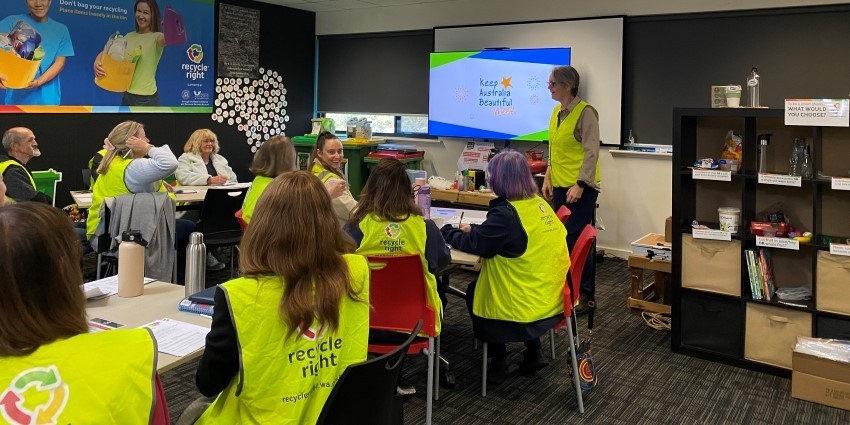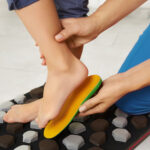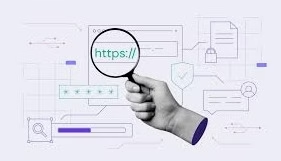The educational landscape has always been dynamic, responding to technological progress, pedagogical shifts, and social changes. However, in recent years, there’s been an increased focus on an often overlooked aspect of school management: cleanliness and hygiene. As we venture into 2025, schools in Sydney are adopting innovative cleaning protocols that could very well set the standard for educational institutions across the globe. Let’s delve into the transformative methods that are enhancing school cleaning in Sydney and why they are integral to the welfare of both students and staff.
Enhancing Health Standards Through Advanced Cleaning
The post-pandemic world has highlighted the importance of maintaining rigorous hygiene standards, particularly in communal spaces like schools. As breeding grounds for bacteria and viruses, schools have a responsibility to safeguard the health of children, who are often more susceptible to infections. Consequently, Sydney schools are leveraging advanced cleaning technologies and methods to reduce the risk of illnesses and create a safe and sanitary learning environment.
Embracing green cleaning products, electrostatic sprayers, and UV-C sanitisation are just a few examples of such advancements. These initiatives not only bolster the effectiveness of cleaning practices but also serve to educate the next generation on the importance of environmental stewardship and personal hygiene.
Collaborative Efforts Between Staff and Professional Cleaners
Reinventing school cleaning protocols isn’t solely about purchasing the latest gadgets or employing harsher chemicals. It entails a holistic approach that involves collaboration between school staff and professional cleaning services. In this partnership, educators and administrators are trained to identify hygiene red flags and assist in maintaining daily cleanliness, while professional cleaners are appointed for more thorough, deep-cleaning tasks.
By fostering such teamwork, schools can maintain a consistently high level of cleanliness and monitor the efficacy of the new protocols. This shared responsibility model ensures that hygiene standards are upheld and that any potential health risks are promptly addressed.
Incorporating Cleaning into the School Curriculum
One of the more groundbreaking shifts in school cleaning protocols in Sydney involves the integration of cleaning and hygiene education into the school curriculum. This approach cultivates a culture of cleanliness among students by teaching them about the science behind germs, the importance of regular cleaning, and how to do it properly.
Students learn the value of personal responsibility for their surroundings, thus enhancing the overall school cleaning efforts. With a new generation of young people who understand the basics of effective cleaning, schools can maintain a better standard of hygiene and instil lifelong habits that extend beyond the classroom.
The Role of Technology in Monitoring and Efficiency
How does a school measure the success of its cleaning initiatives? Technology is at the forefront of answering this question. Advanced cleaning protocols in Sydney’s schools now include the use of software to monitor cleanliness and schedule tasks efficiently. Smart sensors can detect when an area requires attention, and apps can send alerts to cleaning staff, making certain that all areas of the school receive appropriate care.
Through data analytics, schools can also determine which areas are prone to becoming dirtier faster, allowing them to allocate resources more effectively. This technology-driven method ensures a systematic approach to cleaning, eradicating the guesswork and creating a more streamlined process.
Specialised Cleaning for High-Usage Areas
Just as different areas of a school serve distinct functions, they also require different cleaning protocols. High-usage areas such as gymnasiums, cafeterias, and bathrooms necessitate specialized cleaning due to the higher risk of germ transmission. Sydney schools have recognised this and are contracting professionals with expertise in areas like gym cleaning in Sydney to manage these critical zones.
This specialization ensures that each area is treated with the most appropriate products and cleaning techniques, reducing the spread of infections and maintaining an optimal level of cleanliness. It demonstrates a nuanced understanding that one-size-fits-all cleaning strategies are outdated and that each school space requires a tailored approach.
Adapting to New Challenges with Agility
As with any initiative, the key to success is adaptability. Sydney schools are continuously assessing and refining their cleaning protocols to address new challenges. Whether it’s a change in the seasons, the emergence of a new virus, or a shift in the number of students and staff, schools must remain agile and responsive.
This flexibility ensures that schools can quickly implement changes to their cleaning protocols and remain at the forefront of best practices. By being proactive, these educational institutions minimise disruptions to learning and maintain the well-being of everyone who walks through their doors.
Conclusion
As we examine the fascinating developments in school cleaning in Sydney during 2025, we witness a revolution in hygiene that is reshaping the educational experience. Enhancing health standards, fostering collaborative cleaning efforts, employing technology, and adapting to new challenges are all part of the efforts to create a clean, safe, and conducive environment for learning.
Schools in Sydney are setting the benchmark for others around the world, showing that innovation and diligence in cleaning are just as important as academics in shaping the future of education. It is only by integrating such comprehensive and cutting-edge cleaning protocols that schools can fully protect and nurture the young minds that are destined to become the leaders of tomorrow.






